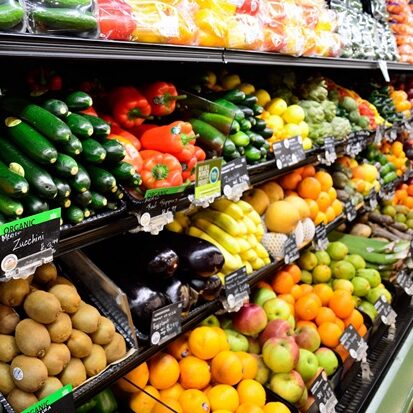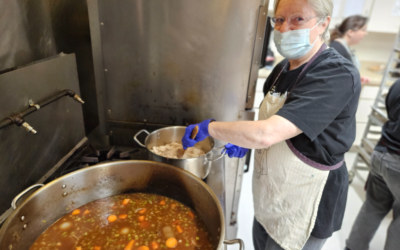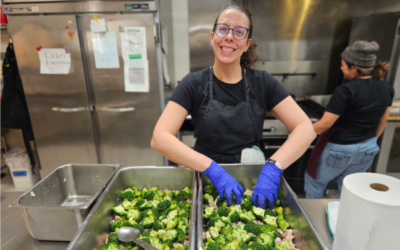
The state of Washington grows a diverse array of fruits and vegetables thanks to the rich soil and favorable weather. The Washington State Department of Agriculture recorded that over 300 different crops are produced in Washington. Eating produce that is in season helps support local farmers and the state economy. In addition, seasonal eating is more environmentally friendly, as less refrigeration and transportation are needed to move the products that are grown locally. Fruits and vegetables are also cheaper when they are in season, and because they are fresher, they have a higher nutritional value.
Here is a list of just some of the seasonal fruits and vegetables in Washington. For a more complete list, check out the WSDA’s fruit and vegetable seasonality charts.
Summer
Fennel (June – Nov.)
Kohlrabi (June – Nov.)
Lettuces (May – Nov.)
Nectarines (June – Sept.)
Peaches (July – Sept.)
Peppers (July – Oct.)
Plums (June – Sept.)
Radishes (April – Nov.)
Raspberries (June – Aug.)
Rhubarb (April – Aug.)
Snow peas (May – Aug.)
Strawberries (May – Sept.)
Tomatoes (July – Nov.)
Watermelons (Aug. – Oct.)
Zucchini (July – Oct.)
Apricots (June – Aug.)
Artichokes (June – Oct.)
Arugula (May – Oct.)
Blackberries (June – Aug.)
Blueberries (July – Sept.)
Broccoli (June – Nov.)
Cabbages (July – Dec.)
Cantaloupe (Aug. – Sept.)
Cauliflower (June – Nov.)
Cherries (June – Aug.)
Collard greens (May – Dec.)
Corn (July – Oct.)
Cucumbers (June – Oct.)
Green beans (July – Oct.)
Autumn
Acorn Squash (Sept. – March)
Artichokes (June – Oct.)
Arugula (May – Oct.)
Broccoli (June – Nov.)
Brussel sprouts (Oct. – March)
Butternut squash (Sept. – March)
Cabbages (July – Dec.)
Cauliflower (June – Nov.)
Celery (Sept. – Oct.)
Collard greens (May – Dec.)
Corn (July – Oct.)
Cucumbers (June – Oct.)
Green beans (July – Oct.)
Fennel (June – Nov.)
Kohlrabi (June – Nov.)
Lettuces (May – Nov.)
Parsnips (Oct. – April)
Peppers (July – Oct.)
Pumpkins (Sept. – Jan.)
Radishes (April – Nov.)
Spinach (April – Dec.)
Tomatoes (July – Nov.)
Yams (Sept. – March)
Zucchini (July – Oct.)
Winter
Acorn Squash (Sept. – March)
Brussel sprouts (Oct. – March)
Butternut squash (Sept. – March)
Cabbages (July – Dec.)
Parsnips (Oct. – April)
Pumpkins (Sept. – Jan.)
Yams (Sept. – March)
Spring
Arugula (May – Oct.)
Asparagus (April – June)
Collard greens (May – Dec.)
Lettuces (May – Nov.)
Parsnips (Oct. – April)
Radishes (April – Nov.)
Rhubarb (April – Aug.)
Snow peas (May – Aug.)
Strawberries (May – Sept.)
Spinach (April – Dec.)
All Year Round
Apples
Beets
Carrots
Chards (May – Jan.)
Garlic
Kale (July – April)
Turnips
Pears
Potatoes (Aug. – May)
For more information on the topic of seasonal produce, visit the following sites:
Chef’s Resources: Seasonal Produce Chart Washington State

Hannah is a part of HIP’s 2021 HungerCorps team and has worked at our Bella-B, Lake City Court, and Shorewood High School meal sites. She is a senior at the University of Washington studying Social Work, Disability Studies, and Spanish.





0 Comments